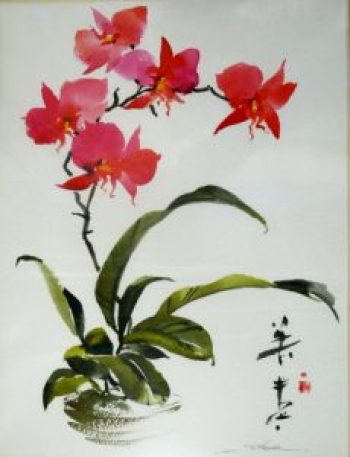Richard Squire made a welcome return visit to remind us how to draw from a life model.
Observation
He explained that although there are guidelines to proportion, careful observation of the subject is vital, as each person is different and the angle of view changes the relationship of features and perspective changes relative sizes.
Construction
A sound construction is vita
l to a drawing or painting. He illustrated with diagrams and sketches how to establish the overall outline of a face or full figure. This enables the artist to contain the drawing on the page and be able to divide the space into sensible proportions.
He showed how to mark the key angles, such as the eyeline, nose, mouth and chin and the middle vertical of face. Then to place facial features, allowing for how much offset these are with a tilted face.

The placement of facial features should be carefully checked at this stage against the original to avoid the difficulty, or impossibility, of later changes. Artists should draw more lightly than he was doing so that changes can be easily made at this stage.
The same method applies to the body, establishing the arm and leg angles with a straight centre line and body angles. The proportions are particularly important where the body is angled towards the artist.
He showed an example of a finished sketch ready for painting.
Richard showed us one of his life drawings and two of his portraits.
Members worked on their sketches with guidance from Richard.












































































































